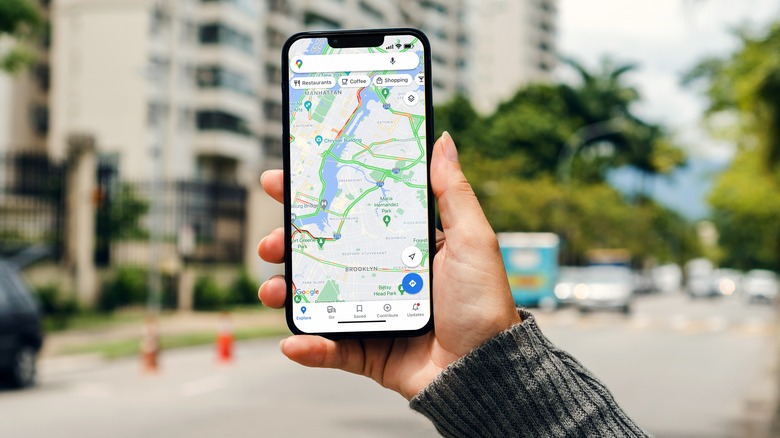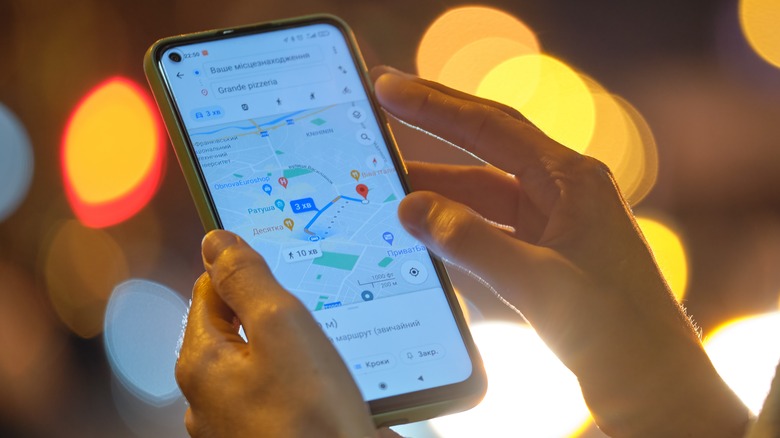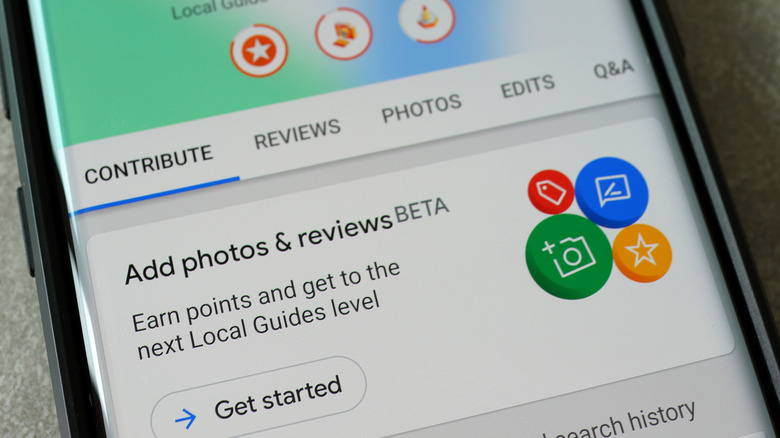Becoming A Local Guide: A Guide To Google Maps' Program And Its Benefits
It's difficult for the younger generation to imagine life before Google Maps. Those of a certain age will vaguely remember the horrors of paper maps, trying to navigate in a moving car with the most pertinent information concealed in a fold in the paper (as was inevitably the way).
Today millions of us have easy access to Google Maps, with its super convenient functionality (and stunning Immersive View feature) and easily digestible directions. The app can do much more than just that, however. It can provide restaurant reviews, opening and closing times, and other valuable information about a place that may be entirely new to the user.
How, though, does Google gather this information? In part from a worldwide network of Local Guides. If you'd like to lend your local knowledge to the world's Google Maps users, here's how to go about that and why getting involved is worth your while.
How can you become a Google Maps Local Guide?
Frequent travelers and users of Google Maps will probably be familiar with the questions the app asks of them. It may, for instance, ask for a review of a given establishment, whether it provides a specific service, and so on. Any user can answer these queries or leave a review (whether simply in stars or text, too) via the Contribute tab, but Local Guides are rather more committed to the cause.
Users must visit the Google Maps Local Guides sign-up page to register to become a Local Guide. There isn't an application process or specific requirement, but there is the understanding of being bound by the Terms and Conditions of the program. These include simple factors like being of legal age in the country of residence and not combining Street View trusted provider status with that of a Local Guide.
Those who meet the requirements need to add their hometown to the My City box on the sign-up page and then register as a Local Guide for that city. Then it's a matter of using Google Maps' Contribute function to provide illustrative images of locations, add new locations if they aren't currently detailed on Google Maps, answer questions other users have posed, provide authoritative and thorough reviews, and so on.
Increasing your Google Maps Local Guide level and the rewards that come with doing so
As mentioned, Google Maps allows any user to add to its knowledge base in this way. What is the incentive for Local Guides who go the extra mile voluntarily? There's a whole benefits system just for them. A guide's level is based on the frequency of their contributions, and as they level up, badges are acquired from Level 4.
Google explains that different types of contribution equate to different point values. A fact-check, rating, or answered question is worth a point while adding a previously-unrecognized place or road to the map is worth 15 points. It costs 15 points to advance to Level 2, 75 to reach Level 3, and the values increase to 100,000 points for Level 10. This is an elite level for the most dedicated of guides.
For their efforts, per Our Tech Room, users are rewarded with profile badges, which demonstrate to others on the service that this is a contribution to trust. The Photographer badge, for instance, is awarded to those who frequently add quality images of a location. Google Local Guide Summit invitations are also awarded to high-level Local Guides. "Remain an active contributor on Google Maps to be eligible for rewards and early access to new features," Google adds, further sweetening the deal. High-quality contributions are counted, so it's quality over quantity.


